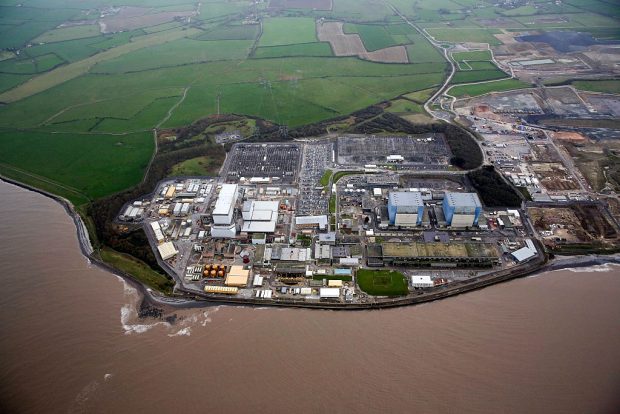Yesterday was supposed to be the day the nuclear button was finally pressed – a vote by the board of French energy company EDF to go ahead with Hinkley C power station was assumed to be the moment at which the project would finally spring off the drawing board. Instead, business secretary Greg Clark announced that he needed until September to make a final decision on the government’s behalf.
He is to be commended for not being pushed into the go-ahead. Hinkley – along with Heathrow and HS2 – is one of three ‘Hs’ bequeathed by the Cameron-Osborne years: hugely expensive infrastructure projects seemingly frustrated by chronic indecision. How tempting it would be for Clark to have nodded it through – giving the general impression that Britain means business and that from now on will not be held back by bureaucratic bumbling.
But it would have been a terrible decision. Hinkley, no less than HS2, is a vanity project which would work out to be ruinous for the taxpayer and for energy consumers. The guaranteed price for Hinkley’s electricity agreed by the then energy secretary Ed Davey in 2013 – £92.50 per MWh, rising with inflation for 35 years – is absurdly expensive. We could buy electricity at less than half the price by importing directly it from France, rather than paying a French company to generate it here. We already do import some electricity in this way, for which we currently pay 46 Euros (£37.7) per MWh. In 2013, Davey justified his deal by claiming electricity prices could only rise as fossil fuels soared in price. Instead, the opposite has happened.
The problems don’t end with the agreed price. There is a very big risk that EDF could end up pulling out of the £18 billion project. In March, the company’s finance director Thomas Piquemal resigned, in fear that Hinkley could drive EDF insolvent. Another director followed him out of the door yesterday. The two European Pressurised Reactor (EDF) that would be built at Hinkley are of unproven design. The two which EDF are currently constructing – in Normandy and Finland – have each run three times over budget and are years behind schedule. To judge by those projects, Hinkley will end up costing more like £50 billion.
What happens if Britain is left with a half-built power station at Hinkley and, with the coal-fired stations it would replace long closed, no other plans to meet the demand for the electricity it is supposed to produce? Cancellation at a late stage would leave a seven per cent gap between energy supply and demand. You can be sure the government would end up bailing out the project, either by propping up EDF or by taking on the project directly.
Hinkley is a legacy of Osborne’s thinking – a love of vanity projects, funded by overseas governments (Osborne’s beloved China is supposed to be putting up a third of the money). It should be buried along with his political career, and a cheaper, flexible and less risky mix of gas-powered plants and smaller, off-the-shelf nuclear stations built in its place.







Comments